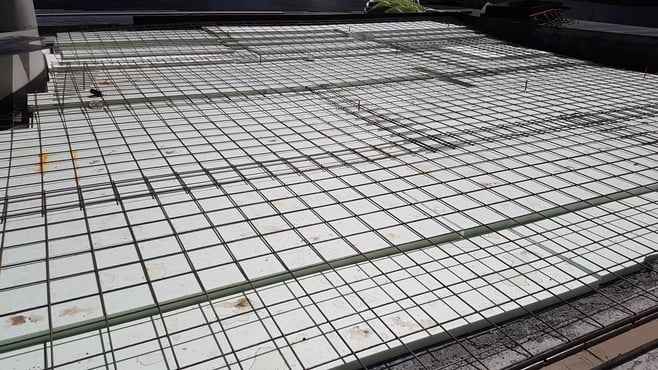
At Allcon, we often get asked if polystyrene sheeting can be an alternative for cardboard void former. Let’s take a closer look at the two…
Cardboard void former is often specified underground slabs to combat uplift from reactive or expansive soils. The cardboard is designed to break down over time, leaving a void for the ground to expand into.
Whereas polystyrene or EPS sheets are designed not to break down. If used as an alternative to cardboard void former, the pressure from ground heave will only compress the foam, which will then transfer the pressure to the slab.
Ground heave mainly happens when clay soils get wet and expand. When the soil expands, it cannot expand downward or sideways, so the only direction the soil has is up, so the foam absorbs this, or the soil fills the void left by the cardboard.
Does that mean that waffle pods also void formers?
The waffle design on the underside of the pod is designed to break under the upward pressure of the ground. Regular foam sheets don’t have this waffle feature and therefore, don’t break down. So yes, waffle pods can be used as a void former.
So, when other suppliers advertise polystyrene sheets as void former, are they wrong?
No, not at all. This is where the confusion begins. Polystyrene sheeting is a great way to form a void under the slab to reduce the volume of concrete required. Polystyrene is only marginally cheaper per m3, but it is substantially lighter than concrete, which makes it great for weight reduction, especially in suspended slabs.
But when it comes to the crunch, the answer stands that cardboard void former is currently the best and only practical solution for use with expansive and reactive soils.
If you’ve got void former specified on your project, chat with us today… We’re more than happy to help you out!
